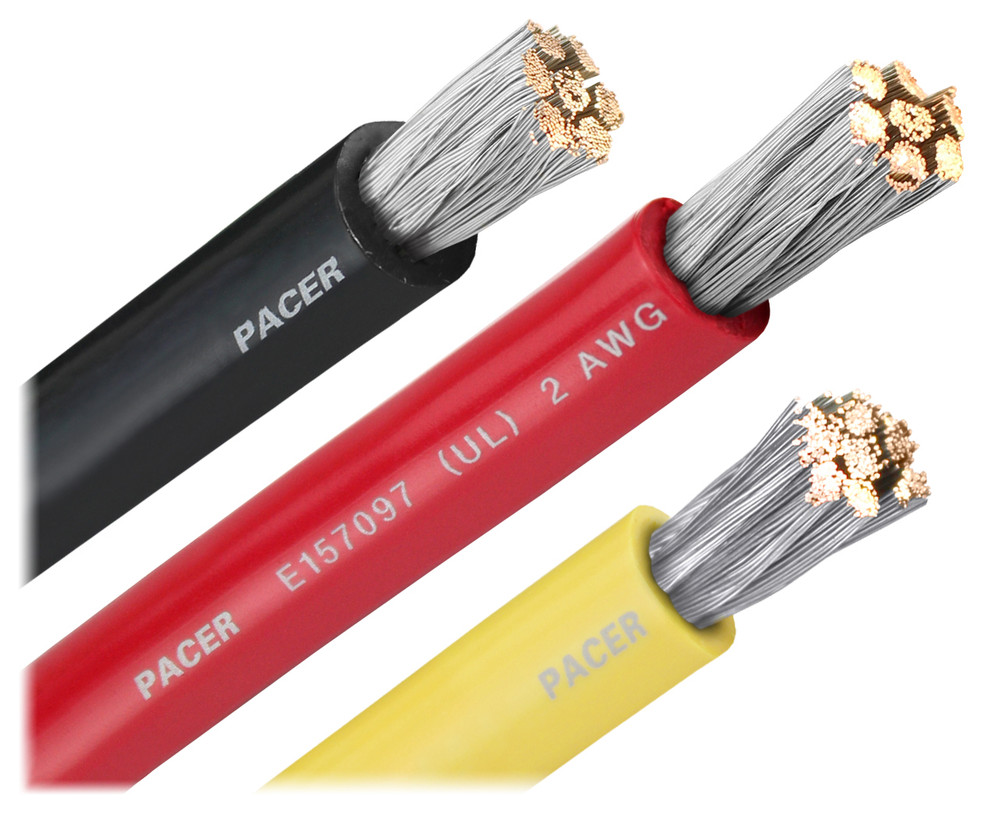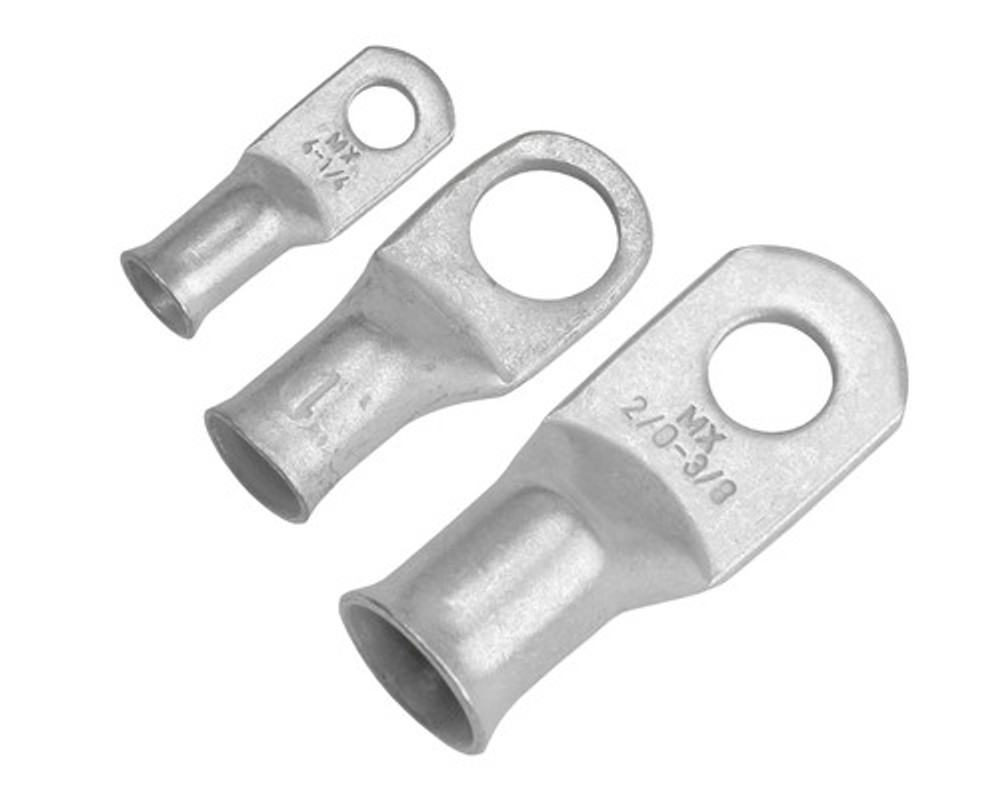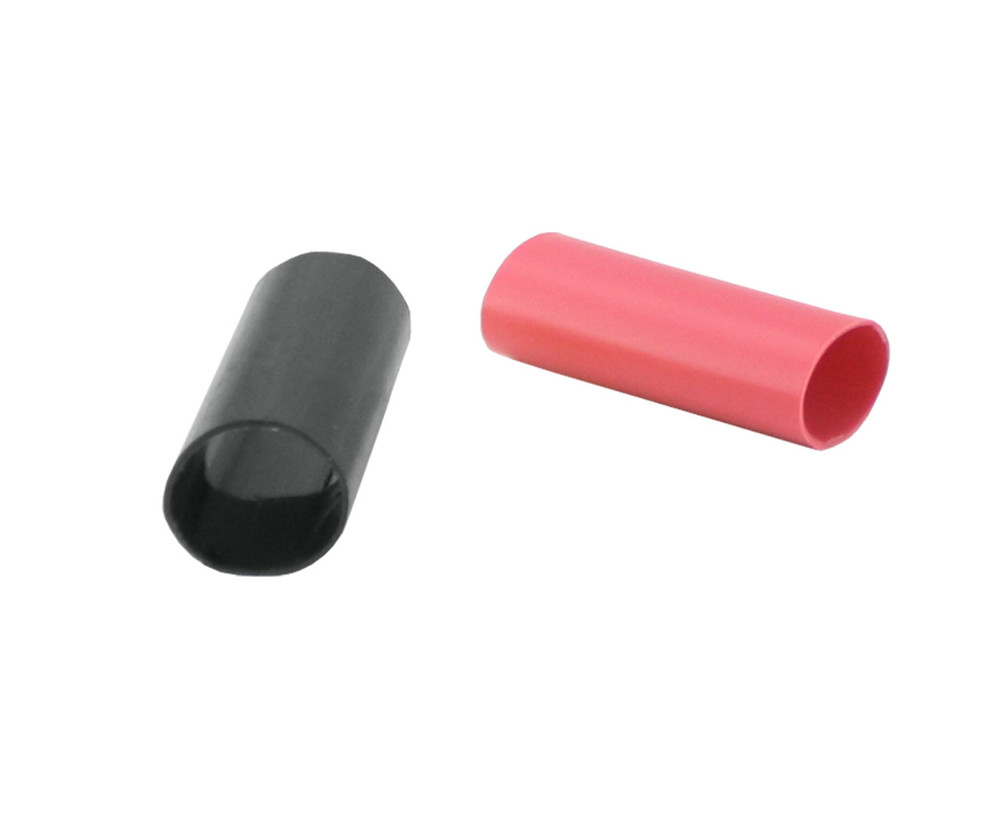
Related Products
Product Description
| Wire Range | Part Number | (A) Terminal O.D. (IN) | (B) Post Height (IN) | (C) Cable Entry Min/Max (IN) | Color |
| 10-6 AWG | TBCA6-R | 0.44 | 0.79 | 0.30/0.50 | Red |
| 10-6 AWG | TBCA6-B | 0.44 | 0.79 | 0.30/0.50 | Black |
| 6-2 AWG | TBCA2-R | 0.81 | 1.05 | 0.30/0.50 | Red |
| 6-2 AWG | TBCA2-B | 0.81 | 1.05 | 0.30/0.50 | Black |
| 1-2/0 AWG | TBCA20-R | 0.81 | 1.05 | 0.50/0.70 | Red |
| 1-2/0 AWG | TBCA20-B | 0.81 | 1.05 | 0.50/0.70 | Black |
| 3/0-4/0 AWG | TBCA40-R | 1.31 | 1.60 | 0.70/0.90 | Red |
| 3/0-4/0 AWG | TBCA40-B | 1.31 | 1.60 | 0.70/0.90 | Black |

Protecting your battery connections is just as important as protecting your battery. If damage occurs to the battery connections, it can lead to all sorts of issues. Damage can be either physical impact or corrosion due to exposure. Is there a way to protect your battery connections? Yes, there is, and it's easier than you think. Alternator-style battery boots prevent shocks, shorts, and corrosion. This style of boot is typically used to cover a ring terminal or lug on an alternator or starter. Alternator-type boots offer protection for continuously energized parts. Most commonly this will include the positive battery terminal. Alternator-type boots can also be used on both ends of wires connected to continuously energized sources. To use, disconnect the point you would like to cover. Next, slide the alternator-type boot over the existing cable and lug. After you reconnect the cable, pull the alternator-type boot into place, making sure to cover the connection point. If you have any questions about this or any of our products, contact a Pacer expert today.
Applications:
- Protects against corrosion and shorting
- Covers a power or ground on an alternator or starter
Compliances:
- Meets Coast Guard 33 CFR Part 183 Subpart 1
- Meets S.A.E. J378 and J1128 (low-voltage caps)
- Meets UL 94 V2 Rated 105 °C
Features:
- PVC 105°C
- Helps prevent electrical shorts and shock
- Recommended per ABYC E-10.6(1)








